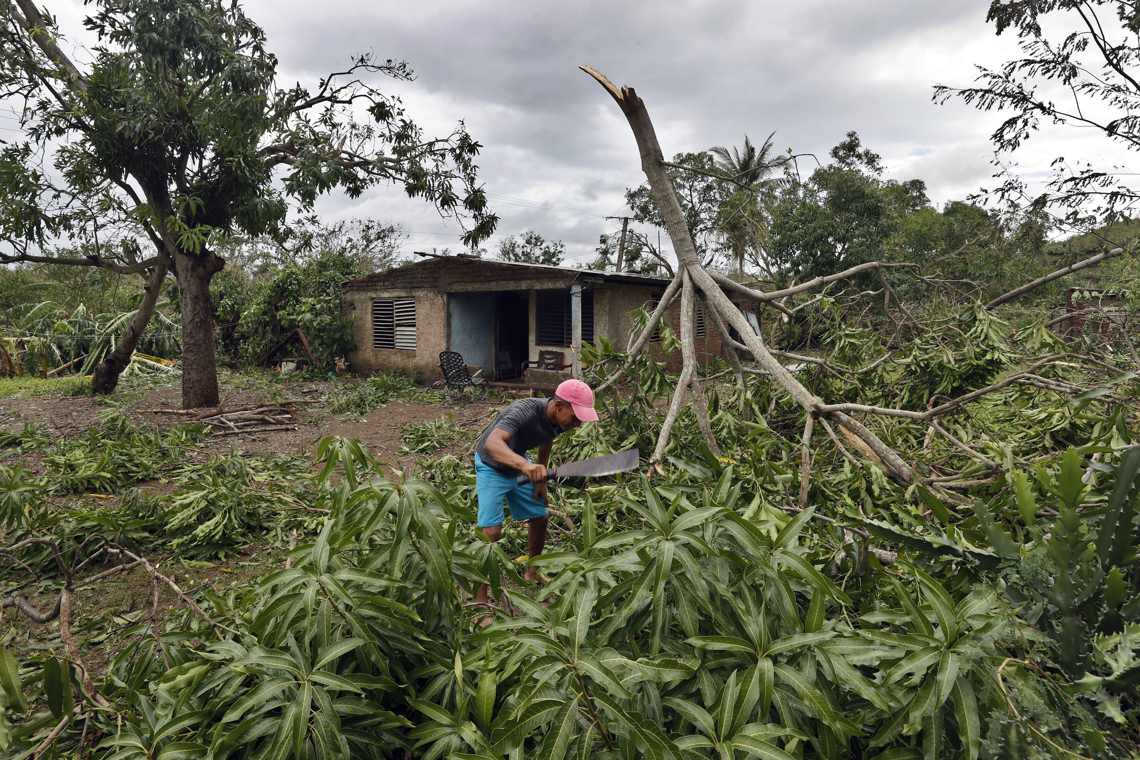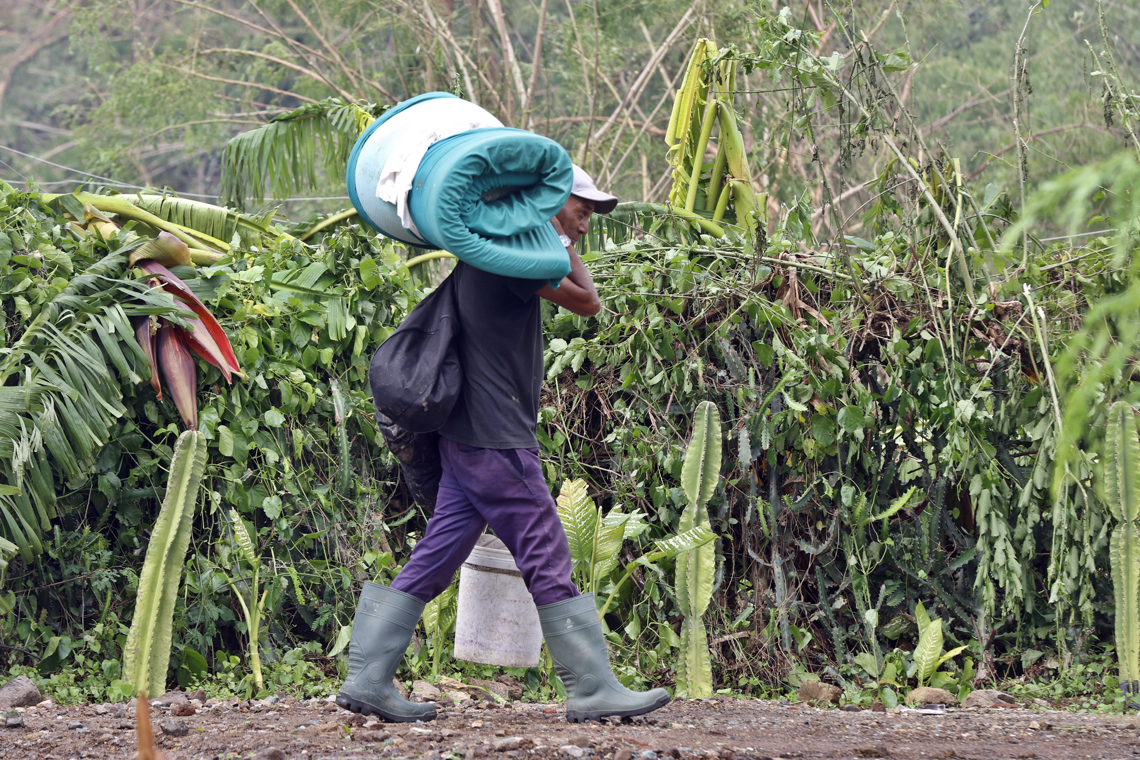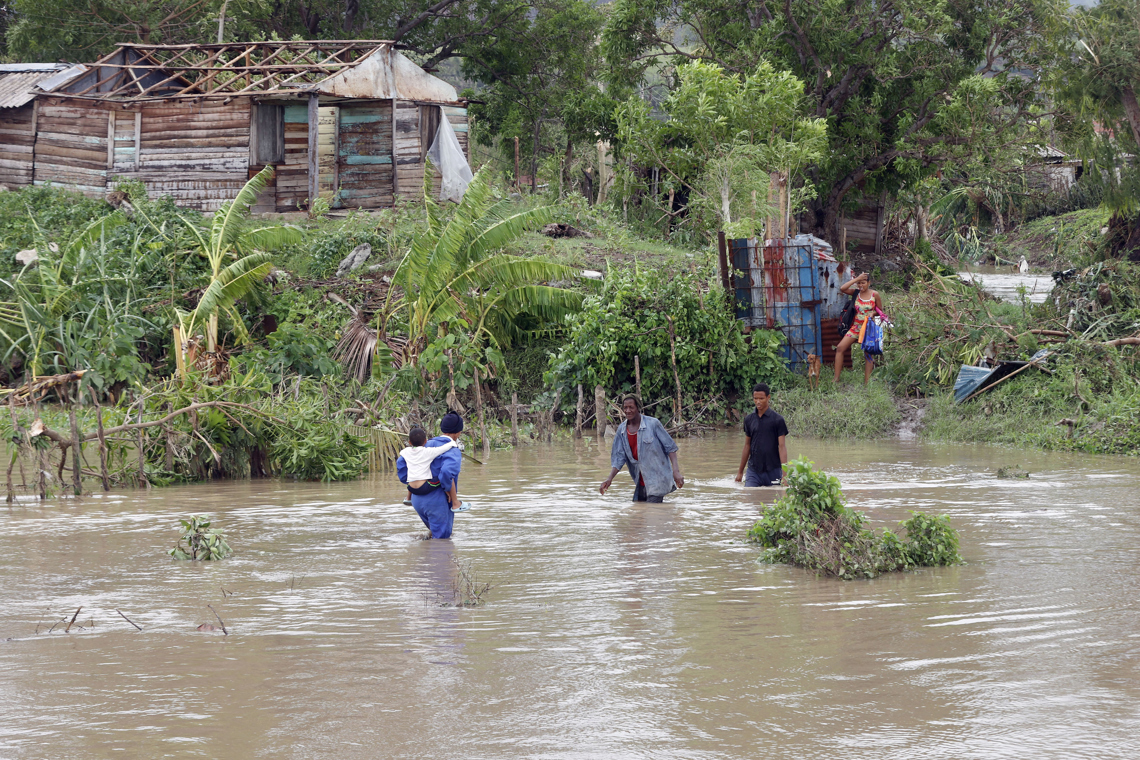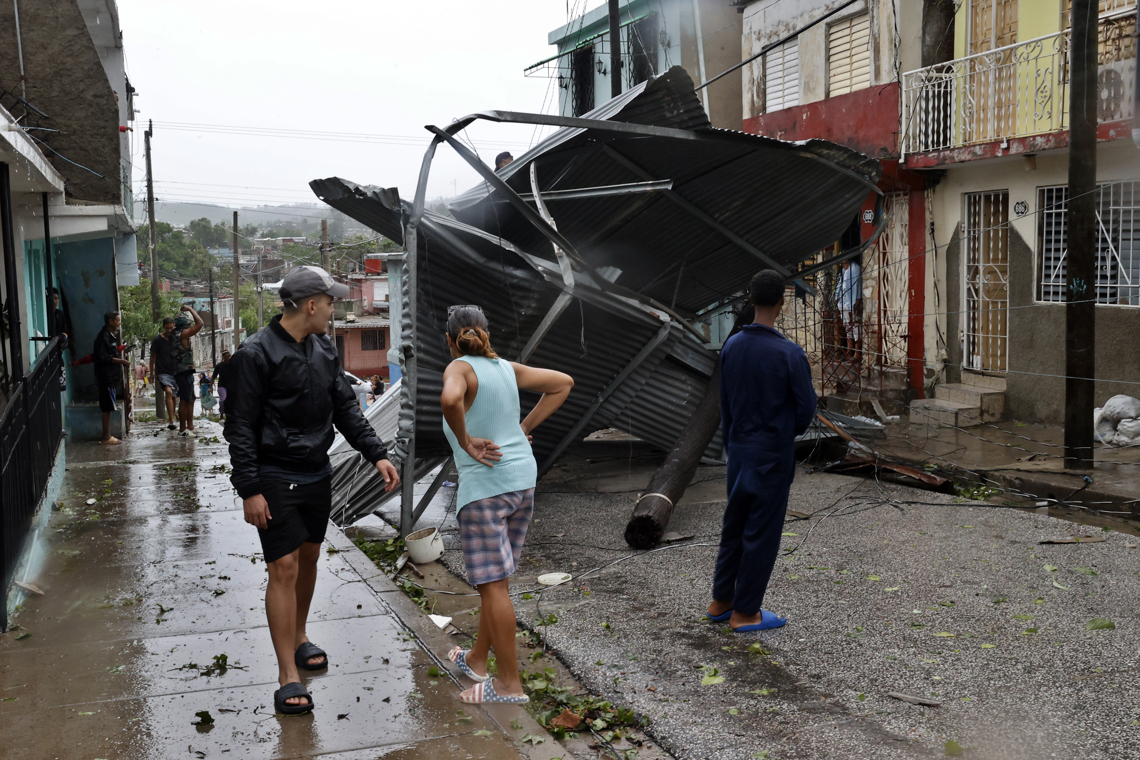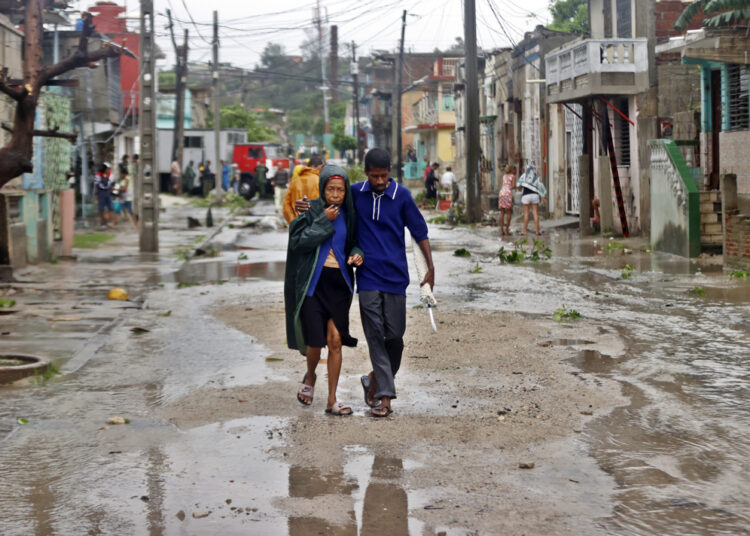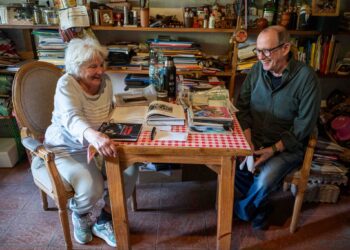I wasn’t in Santiago de Cuba when Sandy struck. I had traveled to Camagüey shortly before and didn’t experience firsthand that fateful October morning in 2012, when the hurricane mercilessly shook the city and forever etched the tragedy in the memory of Santiago’s residents.
I couldn’t hear — as could many of those who were in Santiago at that time — the dramatic and belated message from Lázaro Expósito, then First Secretary of the Communist Party in the province, urging people to save their lives and immediately protect themselves from the approaching monster.
Nor did I experience the indescribable suffering of the countless people who saw their roofs ripped off, their walls collapse, and all their belongings lost in the middle of the night, forced to take refuge in bathrooms, closets or wherever they could, while the terrible howls of the wind seemed to deny the possibility of a tomorrow.
From a distance, I received the devastating news the next day and was shocked by the harrowing experiences of my wife and friends, and the horrific images of the city that were beginning to circulate. The reality, however, was even worse.
I returned to Santiago as soon as I could, on one of the first buses that left once transportation was restored. But even before entering the city, as the bus silently passed through other devastated areas and towns, I could see the magnitude of the catastrophe from the highway.
I haven’t been able to forget the countless felled trees I saw along the way; the toppled and withered palm groves; the reddish hillsides, scorched by the wind, as if ravaged by a dragon; pieces of houses, roofs, walls, and anything else built were scattered everywhere.
Once in Santiago, the scene was, if anything, even more overwhelming. Everywhere I walked, and I walked quite a lot, the destruction weighed heavily on my chest, and rubble, poles and tree trunks were piled up along the streets.
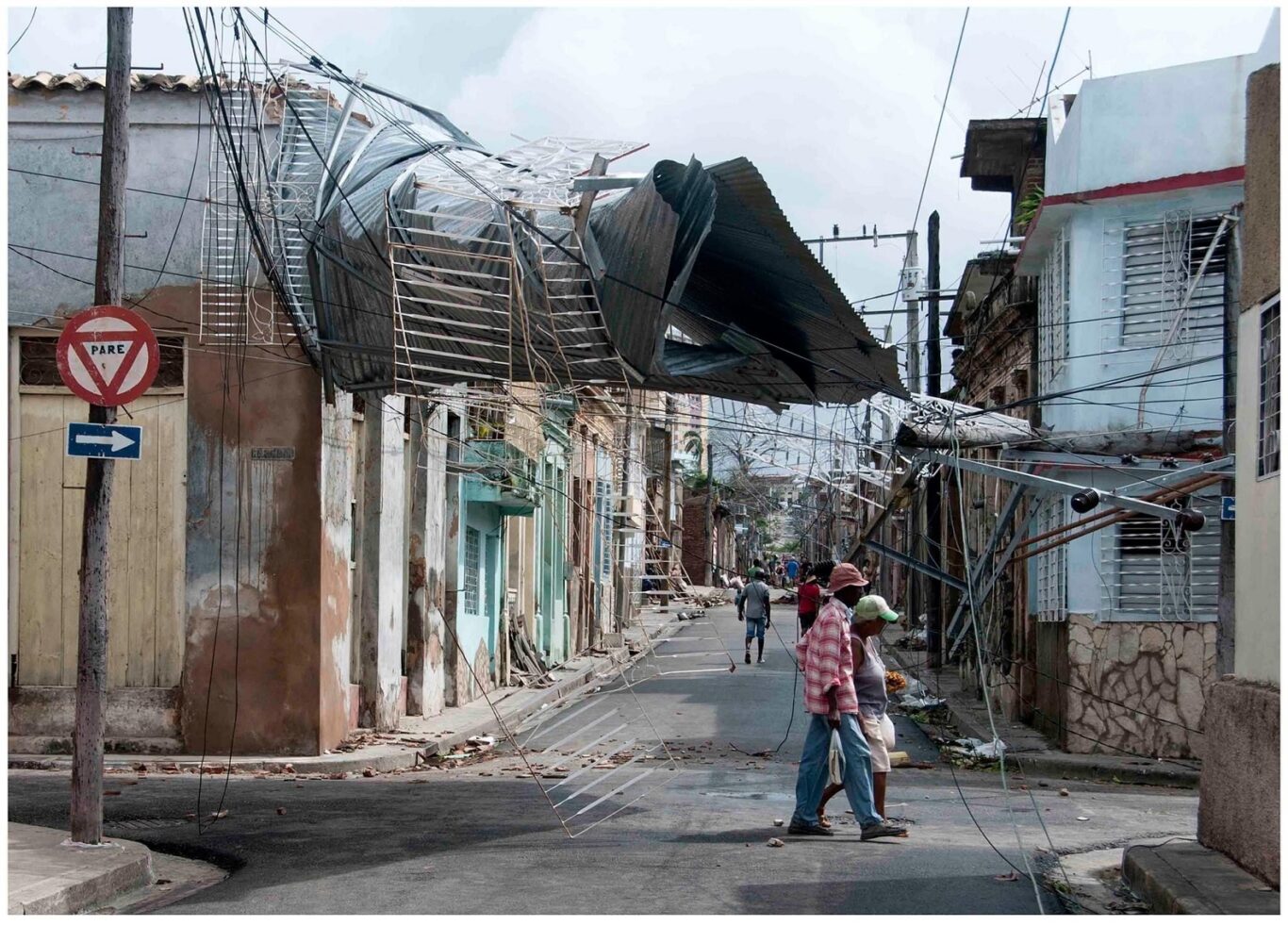

For many days, the urban landscape was made up of sheets of corrugated iron folded like leaves, iron bars surrendered to the fury of the wind, branches and roots cut down — the people of Santiago nicknamed Sandy “The Lumberjack” — and the pitiful emptiness where furniture and walls had once stood.
Meanwhile, people wandered around like zombies, overwhelmed by so much loss and pain.



It was hard to recover. It took time to come to terms with the disaster — not just the personal one, the one that affected each family, but the one that affected the entire city — and to break the collective lethargy, although there was no shortage of helping hands and support from many, from neighbors and even strangers.
As for my house and my family, we were lucky. In the end, we only lost part of the roof, which we managed to replace in a short time — the wet things dried and could be salvaged — and we were without electricity for about 20 days. But for many, for thousands and thousands, it wasn’t the same. Some even lost what was most precious: their lives.
Those dark, sad days of Sandy left a deep mark on Santiago and its people. They shattered the myth that the mountains protected the city from cyclones and forged, in the worst way, a trauma that resurfaces every time a hurricane roams the Caribbean and approaches eastern Cuba.
Now, unfortunately, that trauma has cruelly taken hold with Melissa.

I wasn’t there this time either — I’m not even in Cuba now — but the many photos I’ve seen in recent days of the destruction caused by this hurricane have inevitably reminded me of what happened 13 years ago. They’ve left me with the same feeling of powerlessness, desolation and sadness.
Beyond personal impressions and possible comparisons to Sandy — of which I’ve already seen more than one on social media — the reality is so fierce, so devastating, that it cannot be measured in kilometers per hour or hectopascals. For those who lost everything or almost everything, the hurricane’s category matters little.
The damage is undoubtedly very significant and far exceeds Santiago; it extends over a larger area than that struck by Sandy in 2012. And, although it may sound like a tall tale, Cuba is not the same today as it was then — neither its economy, nor its reserves, nor its people, nor its institutions — and not for the better.
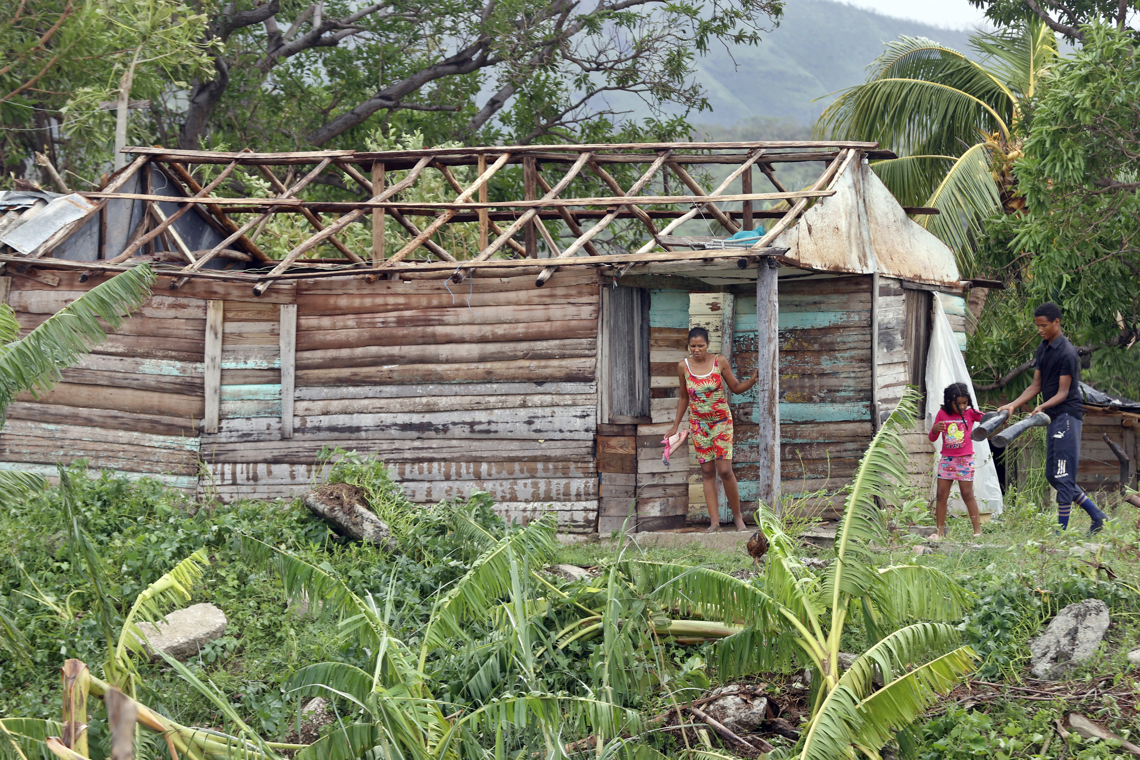
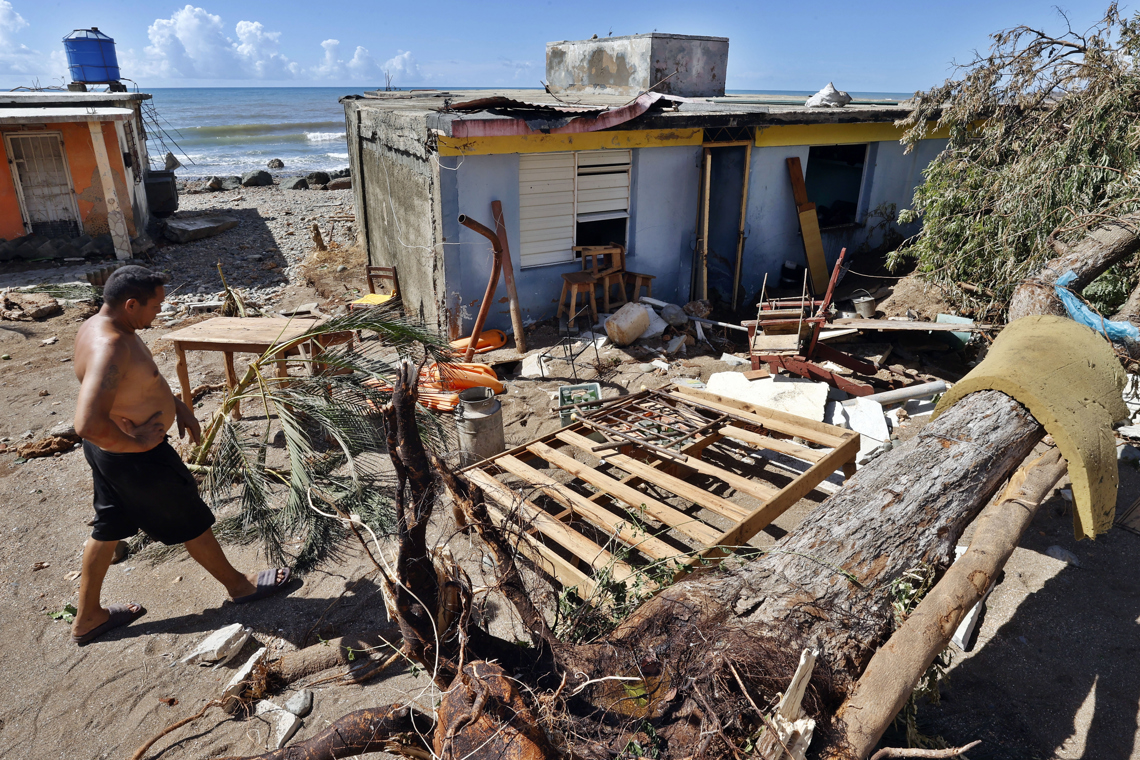
Overcoming this new blow will be very difficult. Recovering what has been lost, or at least a part of it, will be very costly. I’m not saying it’s impossible, but it will be arduous and painful, as much or even more so than after Sandy.
For Santiago, for eastern Cuba, for all those affected, moving forward will require great strength, great willpower, great resilience, and a great deal of help. It will require not standing idly by — once again — amid so many shortages and difficulties, and taming the now renewed trauma, because another hurricane this destructive might not be another 13 years away.
